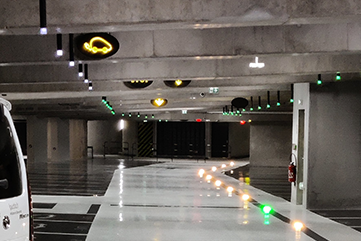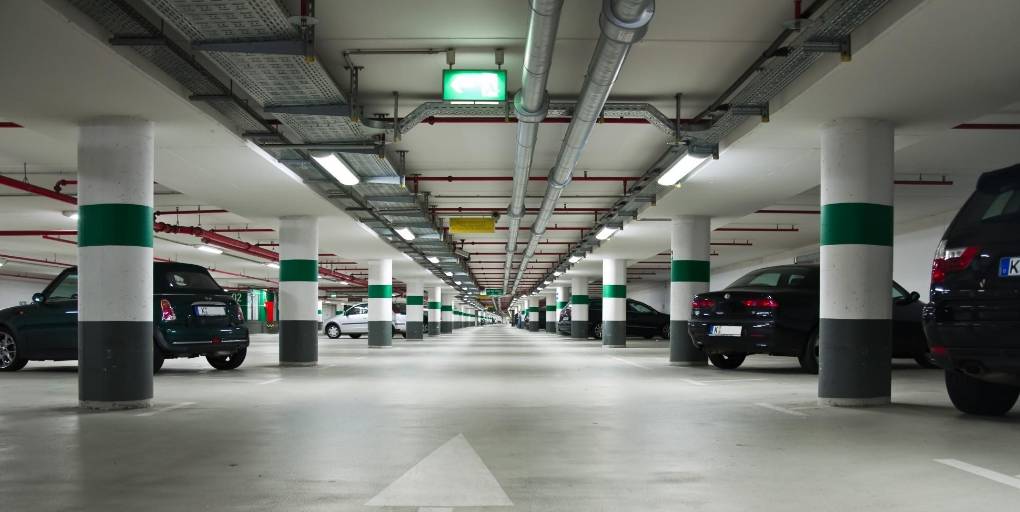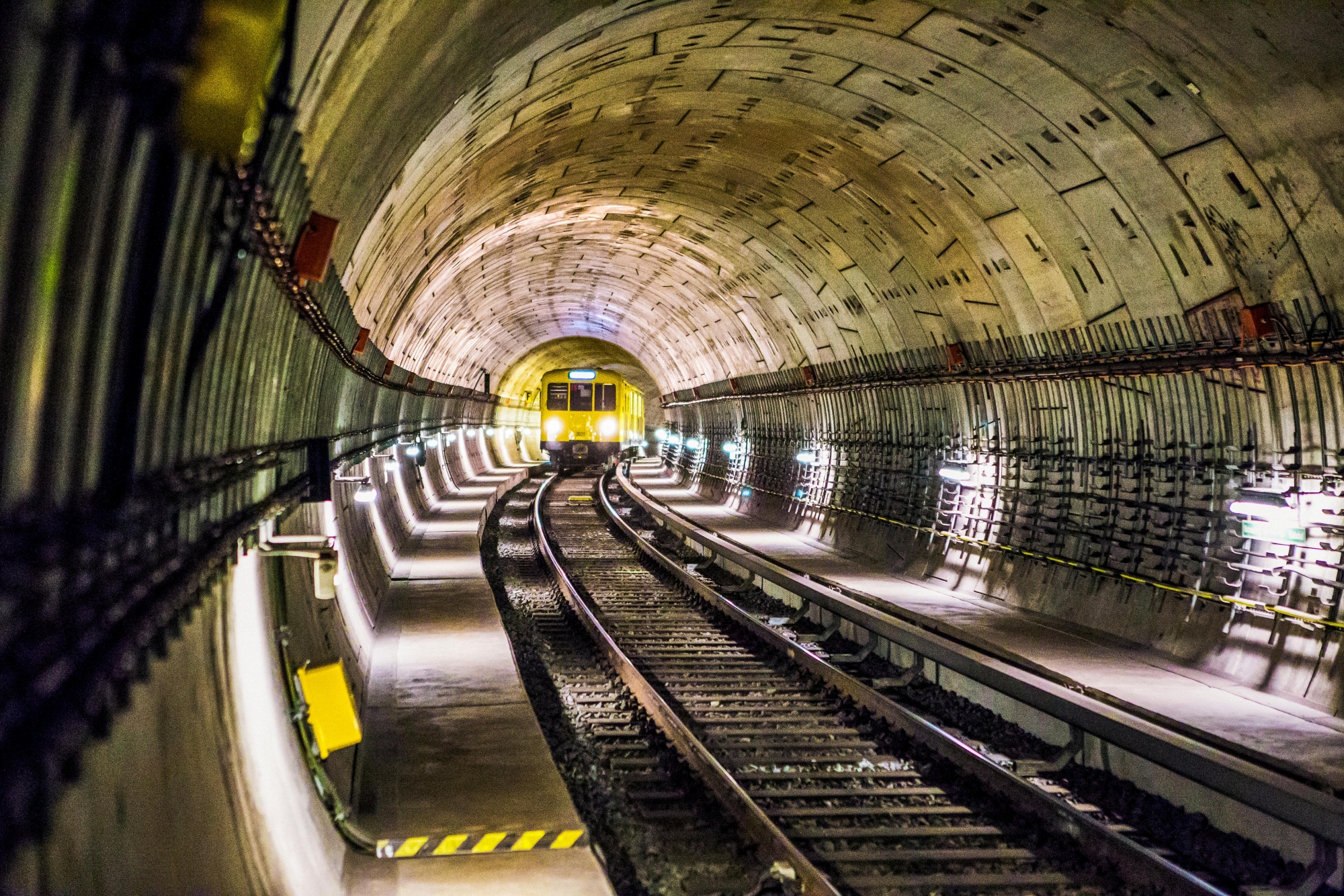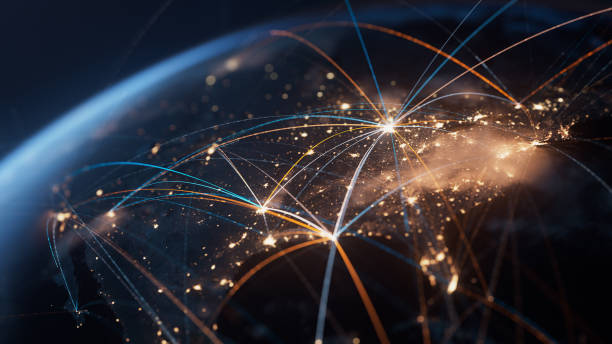
#SmartCity
31 January 2025
Smart City and IoT: how sensors are redefining urban management
Smart Cities are no longer a futuristic concept; they are a rapidly expanding reality thanks to the Internet of Things (IoT). By integrating smart sensors into the urban landscape, municipalities can optimize their infrastructures, reduce their ecological footprint, and improve the quality of life for citizens.
In this article, we will explore how IoT is transforming urban management and the main areas of application for this technological revolution.
Les risques majeurs pour la cybersécurité des smart cities
IoT : a major lever for Smart Cities
What is IoT in the context of Smart Cities ?
The Internet of Things (IoT) refers to a network of connected sensors and devices capable of collecting, transmitting, and analyzing data in real time. Applied to Smart Cities, it enables local authorities to make faster and more effective decisions for optimized city management.
Key benefits of IoT in urban environments:
- Improved mobility and reduced traffic congestion.
- Optimization of public services (water, energy, waste, lighting).
- Enhanced security and surveillance.
- Better management of the environment and natural resources.

Main uses of IoT sensors in urban management
Mobility and traffic management
Modern cities face a major challenge: easing traffic flow while reducing pollutant emissions. IoT sensors enable:
- Real-time traffic analysis and adjustment of traffic lights to reduce congestion.
- Optimized parking with sensors detecting available spaces, linked to mobile apps.
- Air quality monitoring in relation to traffic to adapt urban mobility policies.
➡ Example: Barcelona deployed an IoT-based traffic management system, reducing average travel time by 21%.
Smart public lighting management
Lighting represents a significant portion of a city's energy consumption. With IoT, it is possible to:
- Adjust lighting intensity based on usage (motion sensors, ambient light).
- Automatically detect failures for proactive maintenance.
- Achieve up to 50% energy savings with adaptive lighting.
➡ Example : Los Angeles deployed connected streetlights, saving over $10 million annually.
Waste collection and treatment
IoT optimizes waste management through:
- Fill sensors installed on containers, signaling to collection services when to intervene.
- Dynamic route planning to avoid unnecessary trips.
- Reduced costs and carbon footprint associated with waste management.
➡ Example: Amsterdam uses IoT sensors to optimize waste collection, reducing operational costs by 40%.
Public safety and surveillance
IoT sensors enhance urban security through:
- Smart cameras with anomaly detection.
- Noise detectors to identify incidents (accidents, violence, gunshots, etc.).
- Motion detection systems for sensitive areas.
➡ Example: Singapore uses IoT sensors to monitor public spaces and anticipate incidents through data analysis.
Optimized water and energy management
Water and energy are precious resources that must be managed efficiently. IoT sensors enable:
- Real-time detection of water leaks to prevent waste.
- Optimization of energy consumption based on actual needs.
- Prediction of energy demand to adjust production.
➡ Example: Lyon implemented a sensor network to monitor pipelines, reducing water loss by 20%.
Challenges of IoT in Smart Cities
While IoT offers immense opportunities, there are also major challenges to address :
Cybersecurity
Integrating millions of connected sensors exposes the city to cyberattacks. It is crucial to adopt robust security protocols, including data encryption and access management.
System interoperability
Urban infrastructures often use different IoT protocols (LoRaWAN, NB-IoT, Zigbee, 5G, etc.). To ensure smooth communication between them, it is necessary to adopt interoperable platforms and open standards.
Acceptance by citizens
IoT initiatives must be perceived as beneficial to residents and not as an intrusion into their privacy. Ensuring full transparency regarding the use of collected data is important.
Conclusion : IoT, the key to a smarter and more sustainable City
Integrating IoT sensors into urban management is a revolution transforming modern cities. Whether for mobility, lighting, security, or resource management, these technologies offer concrete benefits in terms of optimization, savings, and quality of life.
However, to maximize their impact, it is essential to adopt a secure, interoperable, and citizen-centric approach. A smart city is, above all, a connected, efficient city that serves its inhabitants.
➡ Interested in deploying an IoT solution for your Smart City? Contact our experts for a tailored study.









